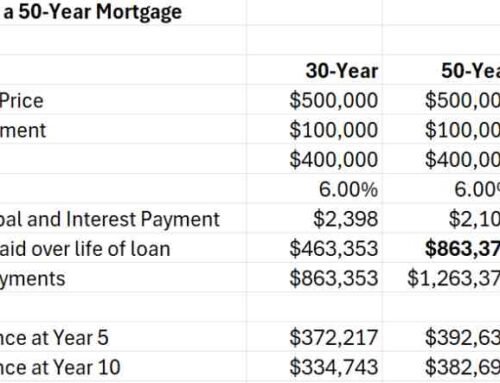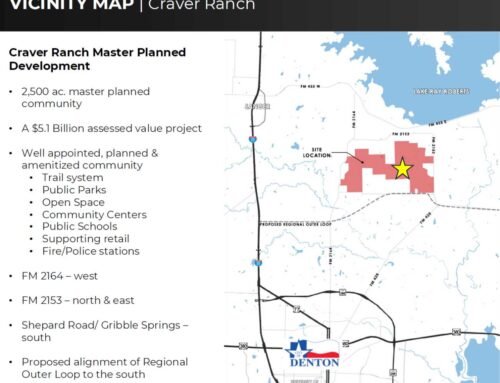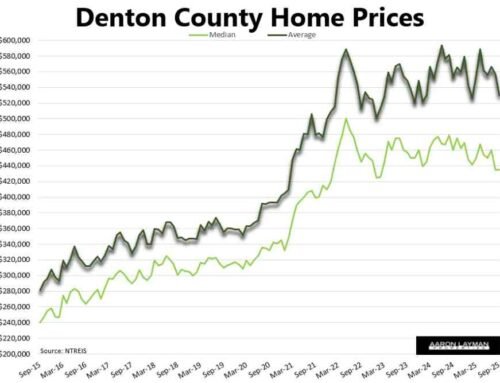Chaos is hitting the mortgage markets, and iBuyers have suddenly disappeared from the real estate landscape quicker than a cat on a hot tin roof. The Fed is in utter panic mode, and we are only beginning to find out how fragile the U.S. economy really is.
Here’s the QE to Infinity announcement from the Fed: “Federal Reserve announces extensive new measures to support the economy.”
If you thought the Fed’s response to 2008 was extreme, this week’s actions by the Federal Reserve make 2008 look tame in comparison. During the height of QE 1, 2 and 3 the Fed was buying up to $85 billion in Treasuries and mortgage back securities per month. The Fed is absorbing that amount and then some on a daily basis this week to stop the bleeding. The Fed just pulled out every play in their broken trickle-down playbook. Wolf Richter has a nice summary of the Fed programs which will put U.S. taxpayers on the hook once again for a massive Wall Street bailout.
“The Federal Reserve is using its full range of authorities to provide powerful support for the flow of credit to American families and businesses. These actions include:
Support for critical market functioning. The Federal Open Market Committee (FOMC) will purchase Treasury securities and agency mortgage-backed securities in the amounts needed to support smooth market functioning and effective transmission of monetary policy to broader financial conditions and the economy. The FOMC had previously announced it would purchase at least $500 billion of Treasury securities and at least $200 billion of mortgage-backed securities. In addition, the FOMC will include purchases of agency commercial mortgage-backed securities in its agency mortgage-backed security purchases.
Supporting the flow of credit to employers, consumers, and businesses by establishing new programs that, taken together, will provide up to $300 billion in new financing. The Department of the Treasury, using the Exchange Stabilization Fund (ESF), will provide $30 billion in equity to these facilities.
Establishment of two facilities to support credit to large employers – the Primary Market Corporate Credit Facility (PMCCF) for new bond and loan issuance and the Secondary Market Corporate Credit Facility (SMCCF) to provide liquidity for outstanding corporate bonds.
Establishment of a third facility, the Term Asset-Backed Securities Loan Facility (TALF), to support the flow of credit to consumers and businesses. The TALF will enable the issuance of asset-backed securities (ABS) backed by student loans, auto loans, credit card loans, loans guaranteed by the Small Business Administration (SBA), and certain other assets.
Facilitating the flow of credit to municipalities by expanding the Money Market Mutual Fund Liquidity Facility (MMLF) to include a wider range of securities, including municipal variable rate demand notes (VRDNs) and bank certificates of deposit.
Facilitating the flow of credit to municipalities by expanding the Commercial Paper Funding Facility (CPFF) to include high-quality, tax-exempt commercial paper as eligible securities. In addition, the pricing of the facility has been reduced.”
These kitchen sink programs are in addition to the other measures the Fed already deployed in the past few weeks with liquidity injections for repurchase agreements and liquidity swap lines. It is becoming increasingly apparent why the Fed is in full-blown panic mode. The implosion of the everything bubble is hitting well…everything. That includes the $16 trillion mortgage market. Commercial REITS (real estate investment trusts) are getting taken to the woodshed, and the residential mortgage market is also in turmoil. Invesco Mortgage Capital announced on Tuesday that it could not meet margin calls.
‘Mortgage Bonds Rattle Wall Street Anew With Invesco Joining Pain’ – Bloomberg
“Unlike last time, risky mortgages aren’t the cause. Instead, the coronavirus pandemic is threatening to make good loans go bad — and simultaneously sapping the market’s funding. There are fears that government efforts to shore up borrowers and financing won’t be enough and that mortgage and property investors again face massive losses.”
Invesco has had plenty of company in the past week. ED&F Man Capital Markets, AG Mortgage Investment Trust, TPG RE Finance Trust and host of other players have been hit by market turmoil as businesses shutter and mortgage default risk rises.
Zillow Inc followed the announcements from other real estate iBuyers like Redfin, Opendoor and others who have recently suspended their home purchase operations. There are no longer any instant offers from the large real estate companies who jumped into the home flipping party as home prices soared across the United States. Go figure! It’s almost as if the entire iBuyer model was predicated on continually rising home prices. Well that, and a healthy dose of homeowner equity extraction.
The entire iBuyer model is now coming unglued. This is a bit entertaining, especially after Zillow went whole hog into the home flipping business. iBuyers like Zillow were sticking homeowners with large fees well in excess of typical Realtor commissions for “peace of mind” and a fast close. Now they are completely AWOL while using market volatility as their explanation. Here’s how Redfin CEO Glenn Kelman explained the iBuyer problem: “No one can say what a fair price is right now, so we’re not making any instant offers.”
In Layman’s terms he’s admitting the company doesn’t think it can sell homes for a higher price if it purchases them in the current environment. As I mentioned in my previous post, the contagion for the real estate market is likely just getting started. That’s the nature of a bubble. It’s really fun on the way up, but not so much when it comes unraveled.
There are also a ton of Airbnb properties set to hit the market as long term rentals or potential sales as this turmoil unfolds. Perhaps all of these real estate speculators will finally get their due. That would be a welcome development in my opinion, because it would finally bring some of that shadow inventory back to the market for people who actually need a place to live.










Leave A Comment